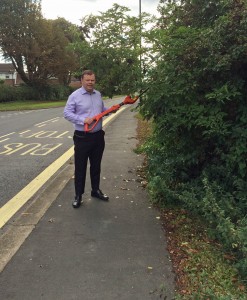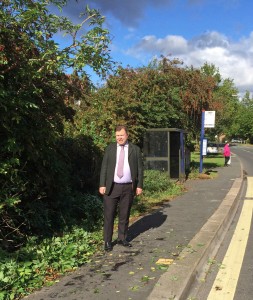Following consultation with residents and businesses a new scheme to improve one of York’s key city centre bus routes is set to go to a Cabinet Member meeting for final approval.
The proposals include introducing a longer lane for vehicles turning left into Lord Mayor’s Walk from Clarence Street, so that straight-through/ right-turning traffic is not held up by queuing vehicles.
Traffic signals will be changed so that the left turn from Clarence Street into Lord Mayor’s Walk gets additional ‘green time’.
The scheme is supported through part of the £3.5 million Better Bus Area Fund (BBAF) awarded to the council from the Government’s Department for Transport in 2012.
The five-week consultation took place in September and October and asked for views on the proposed measures on Clarence Street to help improve the reliability of bus services on the approach to York city centre.
The findings of the consultation will now go before the Cabinet Member for Transport’s public Decision Session on Friday 21 November for final approval.
The improvements will help three of York’s five most frequent bus services, specifically routes 1, 5 and 6 which can experience some delays on Clarence Street, Gillygate and St Leonards Place.













